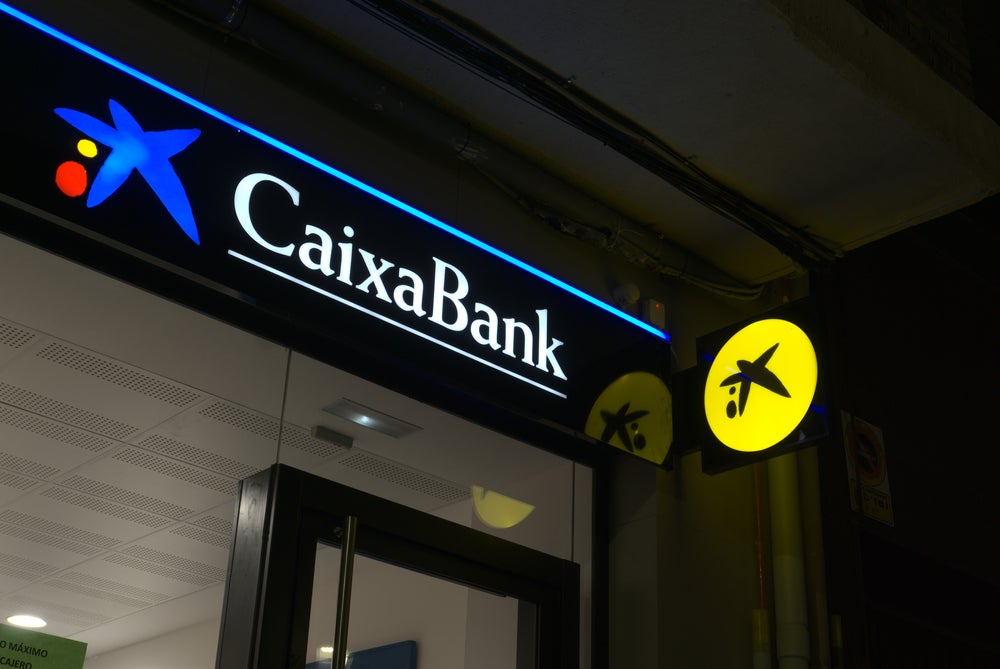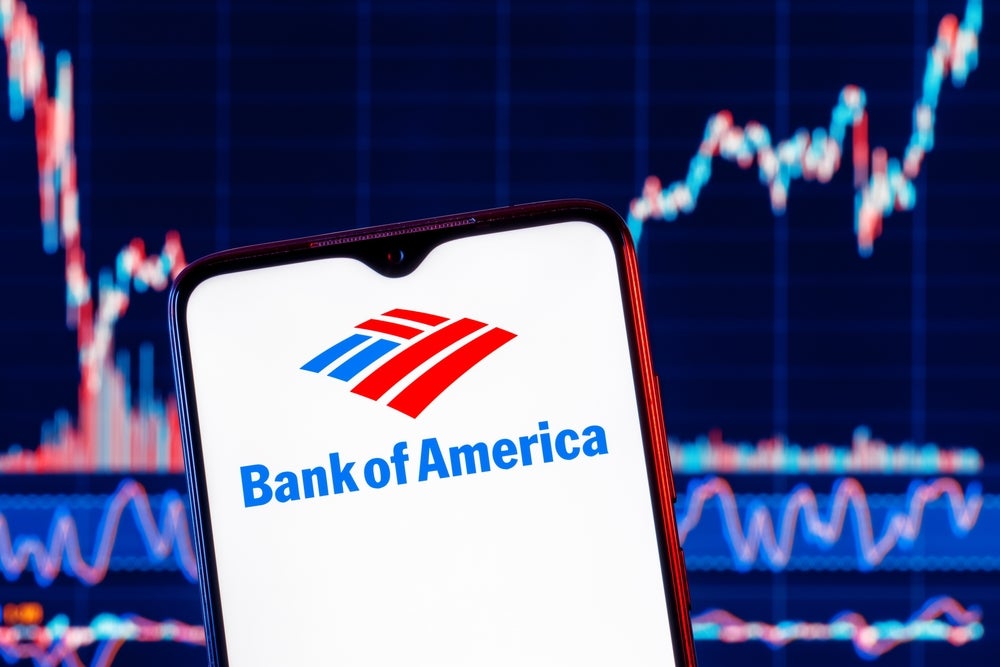Bank of America has
retail brokers Fidelity and Charles Schwab in its sights. Bank of
America’s Merrill Edge subsidiary is planning to hire an additional
600 advisers as it seeks an increased market share of the mass
affluent segment: customers with up to $250,000 to invest, reports
Charles Davis.
Merrill Lynch’s recently
expanded online brokerage, Merrill Edge, is garnering some serious
attention as do-it-yourself investing gets a second look from the
wealth management set.
A new report by the research
firm Aite Group concludes that Merrill Edge poses a serious
challenge to the mass affluent offerings of Charles Schwab and
Fidelity Investments and independent and regional
broker-dealers.
The report challenges the
dominant view that online personal financial management platforms
like Merrill Edge tend to cannibalise existing retail financial
advising offering, finding instead that the self-directed channel
is critical to the success of mass affluent programs.
The Aite report, Merrill
Edge: Online Broker or Innovative Business Model for the Mass
Affluent, underscores the fact that investing habits have
changed in the wake of the financial crisis of 2008.
How well do you really know your competitors?
Access the most comprehensive Company Profiles on the market, powered by GlobalData. Save hours of research. Gain competitive edge.

Thank you!
Your download email will arrive shortly
Not ready to buy yet? Download a free sample
We are confident about the unique quality of our Company Profiles. However, we want you to make the most beneficial decision for your business, so we offer a free sample that you can download by submitting the below form
By GlobalDataThe uneasiness of investors
has manifested itself in an overarching desire to use the many new
technological tools, from iPads to smartphones, to take control of
their own financial planning.
Merrill Edge, which today has
some 1.4m customer accounts representing client assets of around
$50bn, represents but a fraction of Bank of America’s $1.45trn in
client assets. That offers a huge crossover opportunity, Aite
analysts write.
In fact, the Aite report
finds even greater potential in the 13m emerging and mass affluent
clients of Bank of America that don’t currently have an investment
account at Merrill Edge.
Sophie Schmitt, a co-author
of the report along with Alois Pirker, told RBI that
Merrill Lynch has concluded that self-directed investing and
banking had changed fundamentally, moving from the general retail
market to more affluent segments as well.
“The self-directed platform
has always offered lower costs to the institution, and you can
handle more people, but the advising role is crucial to the mass
affluent and the thinking was that you had to stay more hands-on
with them,” Schmitt said.
“Now the technology has
crossed all demographic lines and while some firms without a big
online presence see this as a niche, for a certain type of client,
Merrill sees it as much more of a mainstream tool now.”
 Merrill itself
Merrill itself
projects 20% growth for Merrill Edge over the next several years.
As of the third quarter, 271,498 Bank of America clients had been
referred to Merrill Edge, so the potential for internal expansion
of the programme is huge.
The platform offers investors
two ways to invest-through an advisory relationship or through
self-directed tools-across three different channels: online, phone
and in the branch.
The bank and
brokerage-supported Merrill Edge also allows the service to compete
more effectively against online brokerage powerhouses like Charles
Schwab and Fidelity Investments, Schmitt said. Merrill is also a
threat to independent and regional broker dealers, who tend to work
with more clients in the lower tier mass affluent segment targeted
by Merrill Edge, the report says.
“Compared to the online
brokerage players, Merrill Edge is bringing the combined banking
and brokerage business model to the next level, as the banking side
is backed by the infrastructure of one of the nation’s largest
banks, including an extensive network of branches and ATMs,” the
report says.
Merrill financial advisers
who pass along Merrill Edge references with less than $250,000 in
assets earn a small incentive in the form of a nominal payout on
clients that move to the platform.
More importantly, once these
emerging affluent households reach the minimum for the financial
advisory service, those advisers get the chance to work again with
these same clients.
Aite says there still are
some potential roadblocks for the platform.
The report documents the
infamous launch, and crash, of Citigroup’s MyFi as well as other
bank efforts at the mass affluent, and highlights a number of the
reasons they failed, including a lack of partnership with and
referrals from the consumer bank, compensation issues, compliance
difficulties and cultural issues.
Some of the obstacles are
quite obvious: due to regulations, incentives for bankers to refer
to a broker/dealer programme can’t exceed $25, and this may not be
large enough to motivate bankers to make referrals.
Then there is the fear of
cannibalisation: Merrill’s financial advisers may not want to refer
clients to Merrill Edge for fear of losing assets.
“The firm’s concern about the
cost of servicing clients is not shared by financial advisers,”
Aite says. “Many financial advisers would likely prefer to retain
these emerging affluent clients in the hopes that they would grow
their assets.”
Schmitt said the
cannibalisation issue is largely overblown when it comes to Merrill
Edge.
“There is no cannibalisation
going on, and in fact, it’s quite the opposite,” she said. “Of 16m
Bank of America customers, only about 3m do any business at all on
the investment side with the bank.
“So you identify the emerging
affluent and grow them, then when they reach affluence you send
them over to the advisory side. It’s an incubator system for wealth
management.”
Aite says the “verdict” on
Merrill Edge is “still out”. It describes the architecture as
excellent but notes that the cooperation of bankers and financial
advisers will weigh heavily on the programme’s success.
“There is a good chance that this bold move will set a new
standard in the brokerage industry and for the clients served by
this industry,” the report says.







